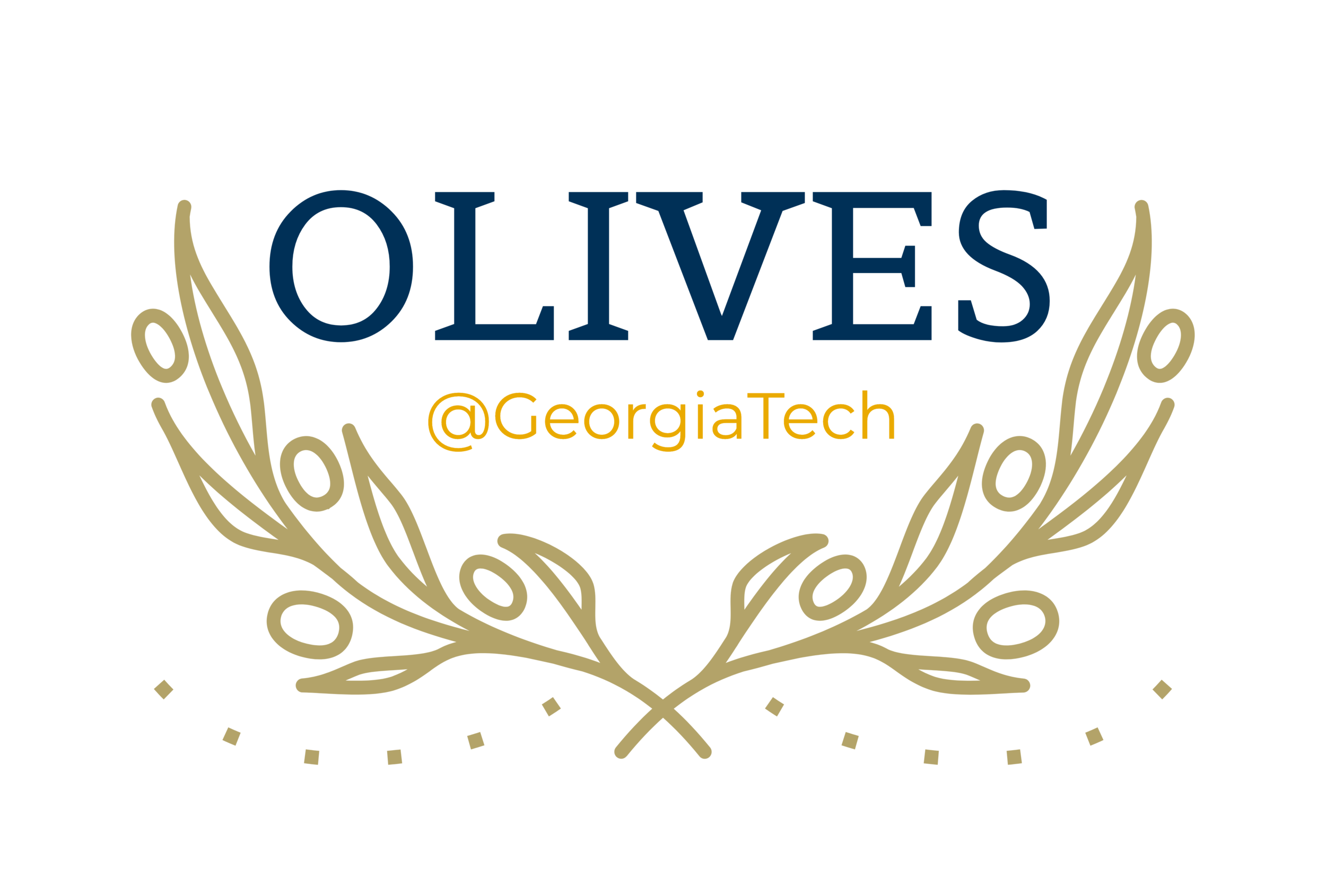Explaining ML Models for Prospect Risk Analysis via Counterfactual Explanations
Collaborators: Ahmad Mustafa, Prithwijit, Mohit, Ghassan AlRegib
Goal/Motivation: To develop a framework for (i) explaining black-box machine learning models trained for well prospect risking in a model-agnostic, post-hoc fashion and (ii) evaluating the viability of counterfactual analyses
Challenges: The black-box nature of machine learning algorithms trained on decision-critical applications involving medical diagnosis, finance, law etc., proves a major hindrance in their wider adoption. Well prospect risking involves the study of many different attributes to arrive at a risk value for a given prospect. Where use of advanced ML methods can speed up the analysis, the process whereby the ML model arrives at a decision is not always clear and is sometimes predicated on certain biases and correlations present in the training dataset. One method to sift out bad model decisions is to generate counterfactuals for a given data sample to assess model outcome sensitivity with respect to various features.
High Level Description of the Work: Researchers in [1] described various explainability modalities for machine learning models. Counterfactual analysis is a popular framework to assess model decisions. Where methods such as LIME [2, 3] explain a black-box model by approximating local boundary behavior around a data sample of interest, counterfactuals shed light on the model’s reasoning process by generating perturbations around the given sample and performing inference through the black-box model to analyze the decision boundary. The counterfactual framework laid out in [4] searches over the input feature space to arrive at data samples with a user-specified outcome different to the model's prediction. We deploy this framework to better understand ML models applied to the task of prospect risking involving many attributes.
References:
AlRegib, Ghassan, and Mohit Prabhushankar. "Explanatory Paradigms in Neural Networks." arXiv preprint arXiv:2202.11838 (2022). [PDF]
Zafar, Muhammad Rehman, and Naimul Mefraz Khan. "DLIME: A deterministic local interpretable model-agnostic explanations approach for computer-aided diagnosis systems." arXiv preprint arXiv:1906.10263 (2019).
A. Mustafa, K. Koster, and G. AlRegib, "Explainable Machine Learning for Hydrocarbon Risk Assessment," Geophysics, submitted on Sep. 20, 2022.
Mothilal, Ramaravind K., Amit Sharma, and Chenhao Tan. "Explaining machine learning classifiers through diverse counterfactual explanations." Proceedings of the 2020 conference on fairness, accountability, and transparency. 2020.
A. Mustafa and G. AlRegib, "Explainable Machine Learning for Hydrocarbon Prospect Risking," in International Meeting for Applied Geoscience & Energy (IMAGE), Houston, TX, Aug. 28-Sept. 1 2022.[PDF]
